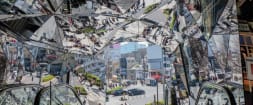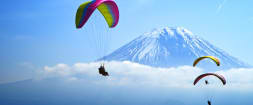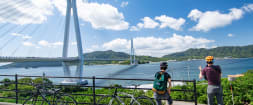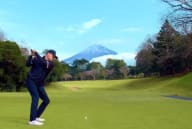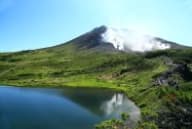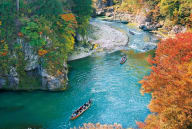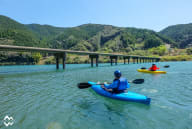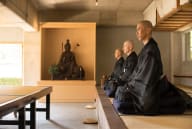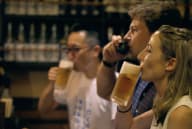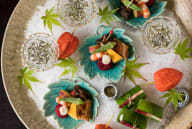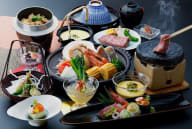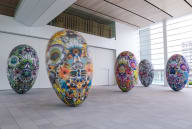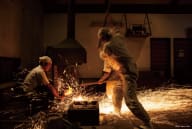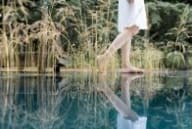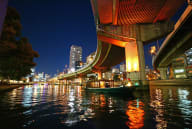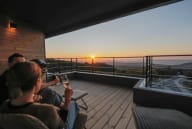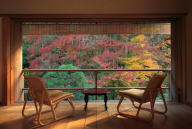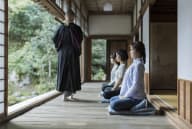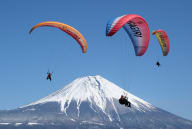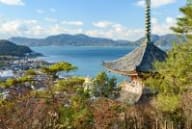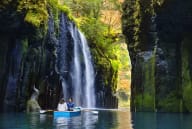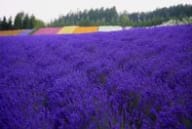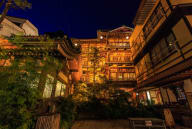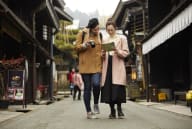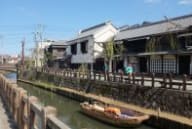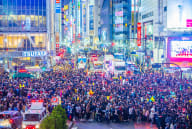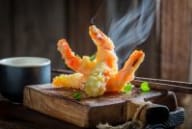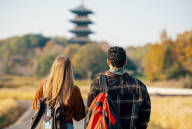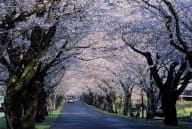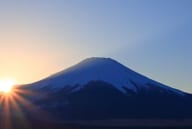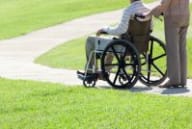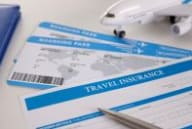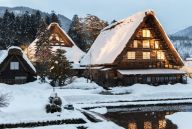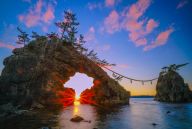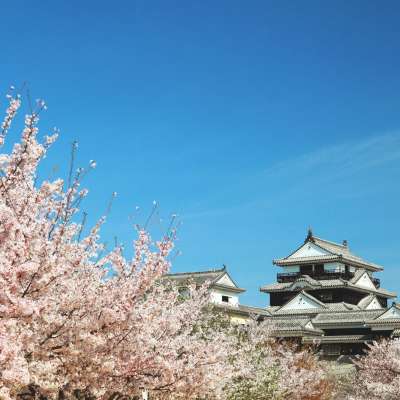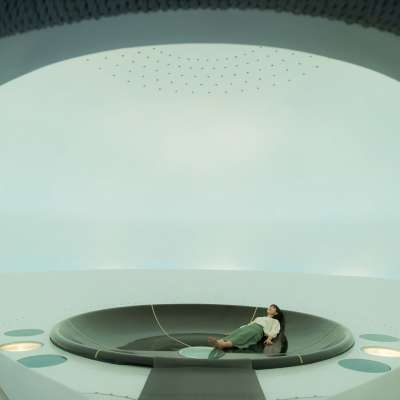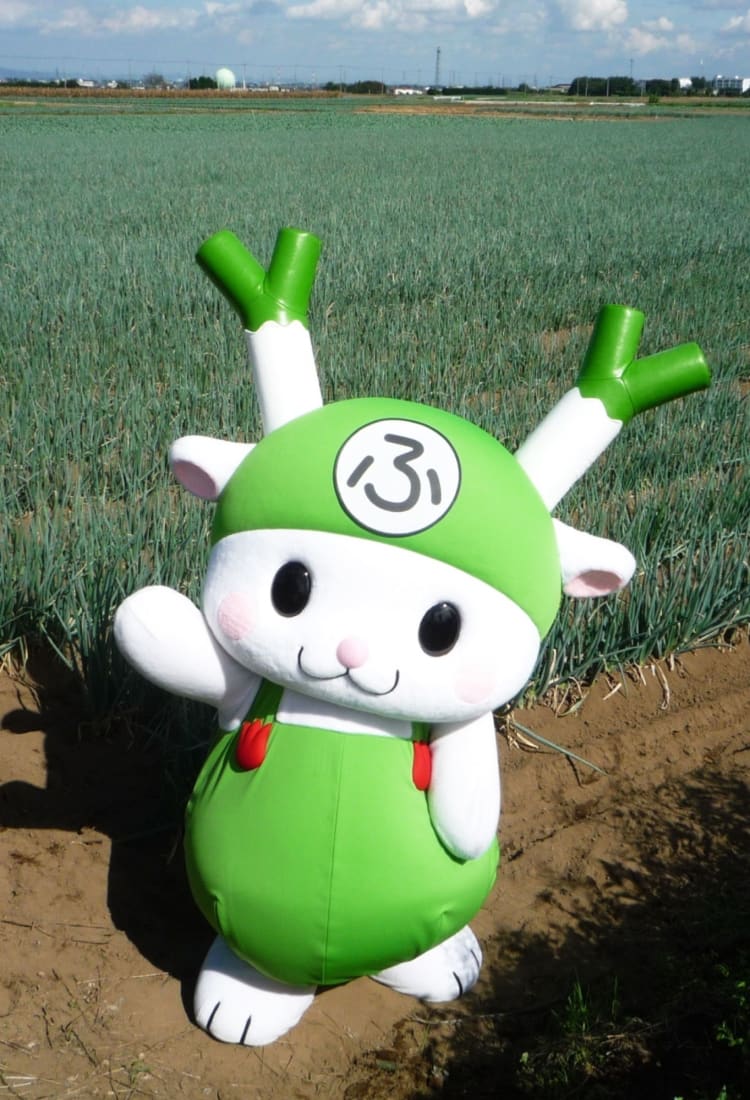
2025.02 Yuru Kyara Mascots: Your Cute Guides to Exploring Japan!
These adorable ambassadors are designed to embody the essence of their hometowns, combining kawaii (cute) appeal with local pride to promote tourism and culture. Among the most famous Yuru Kyara is Kumamon, the friendly bear responsible for promoting Kumamoto Prefecture.
In this article, we’ll introduce some of Japan’s delightful Yuru Kyara and share why their hometowns deserve a spot on your travel itinerary!
Meet Fukka-chan: Fukaya City's Beloved Mascot

Meet Fukka-chan in person and collect unique Yuru Kyara merchandise.
The lovable Fukka-chan, from Fukaya City in Saitama Prefecture, is inspired by the city’s specialty, the Fukaya leek, and features two leeks for antlers. Visitors to Fukaya eager to meet Fukka-chan in person can visit the official website to view the monthly appearance schedule. These events offer a chance to interact with the beloved mascot and pick up exclusive merchandise, including stuffed toys and other one-of-a-kind items you find only in Fukaya City.
Fukaya City is located in the northern part of Saitama Prefecture, and is a city that borders Gunma Prefecture across the Tone River. It is 90 minutes by train from central Tokyo and has much to offer visitors, from historic buildings to delicious local specialties. Fukaya leeks, known as negi in Japanese, are renowned for their excellent quality and taste due to the local climate being perfect for growing them.
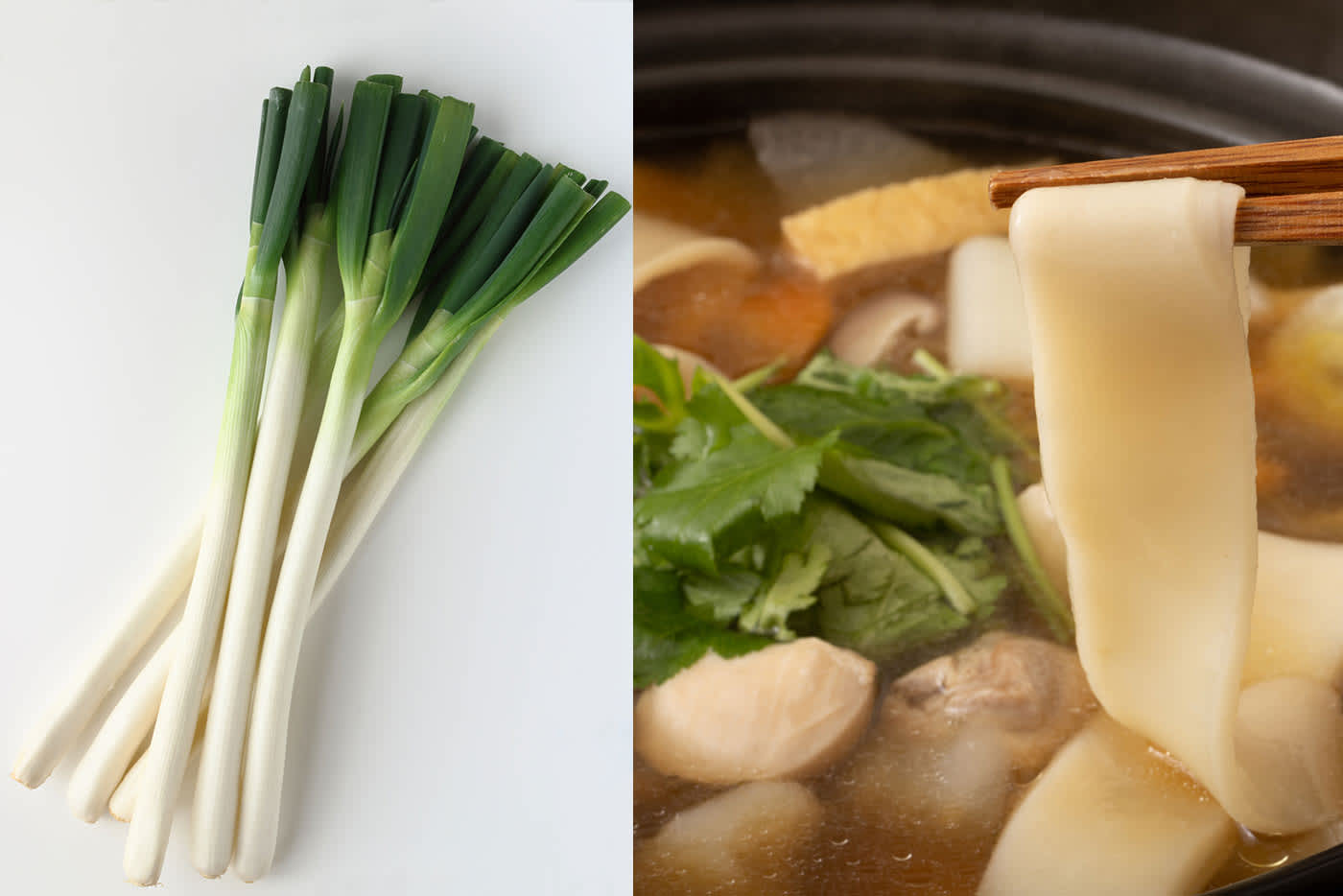
When in Fukaya, try dishes featuring the famous local negi leeks.
At the Michi no Eki Okabe, a roadside station in Fukaya, visitors can try the specialty dish niboutou. This dish is made from locally grown vegetables, including Fukaya leek ,and locally made Houtou noodles (a type of wide noodle, about 2.5 cm wide and 1.5 mm thick), and is cooked in a tasty soy-sauce flavored broth. For visitors to Fukaya outside of the winter months, it’s also possible to buy leek-flavored soft-serve ice cream!
Another top spot to try Fukaya leeks and spot Fukka-chan’s picture is the Fukkachan Yokocho Alley. On this dining street, there are nine different restaurants with dishes featuring Fukaya leeks.
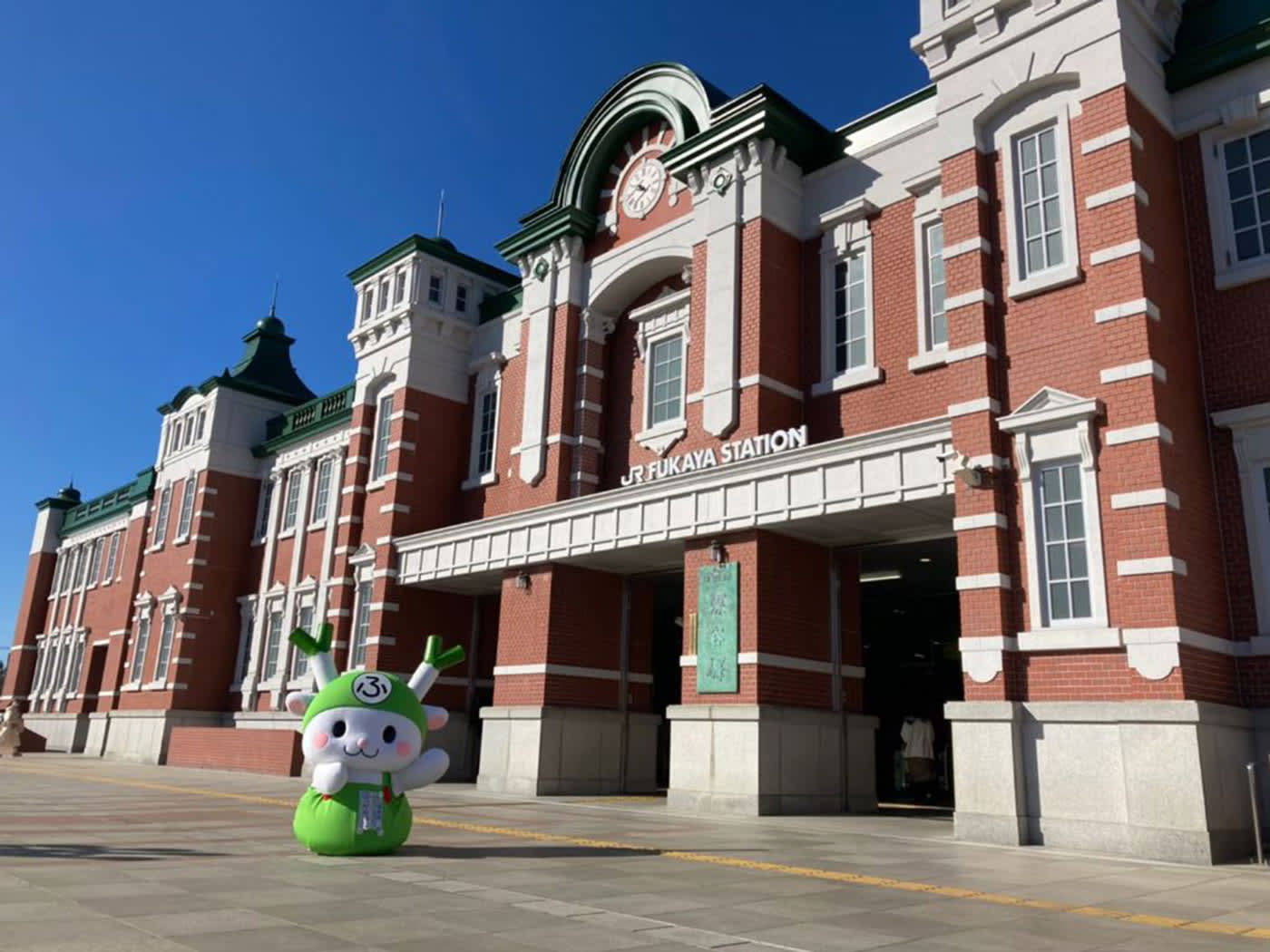
Fukaya Station – a classical landmark made from bricks.
For those traveling to Fukaya by train, Fukaya Station is a classical landmark. Unlike most stations in Japan, this building is constructed from bricks because Fukaya is the site of Japan’s first mechanized brick factory. During its operation, the factory produced bricks used in some of the country’s most beautiful red-brick structures, including the grand Tokyo Station.
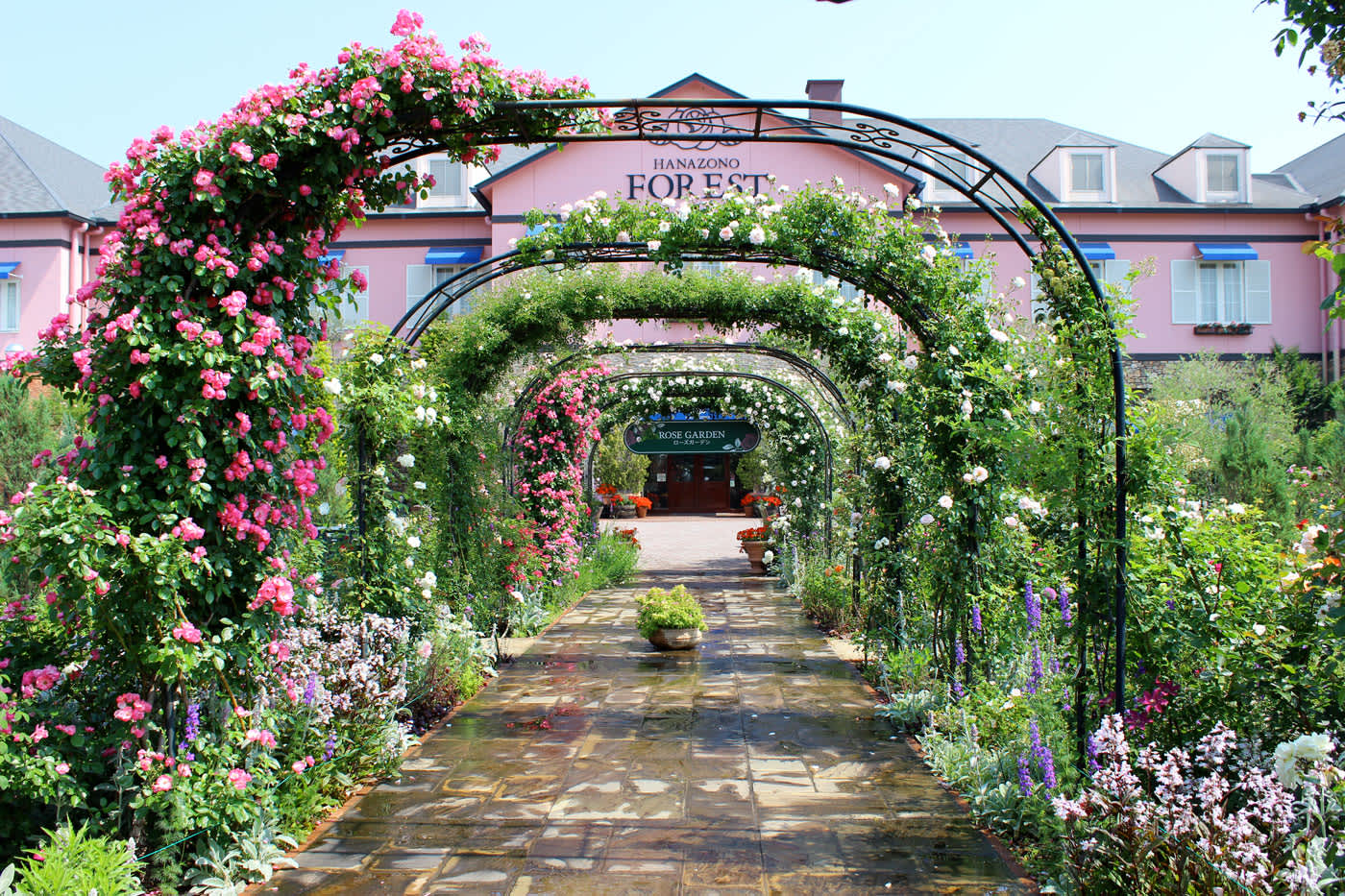
Take a stroll in the rose garden at Hanazono Forest.
Fukaya also offers scenic beauty spots for visitors to enjoy. Located a few minutes by car from the Hanazono Interchange, Hanazono Forest is a sweets-themed attraction designed in the style of a European mansion. Visitors can find a tempting selection of treats such as cakes, gelato, and freshly baked bread before strolling through the picturesque rose garden.
SANOMARU: The Ramen-Loving Mascot of Sano City
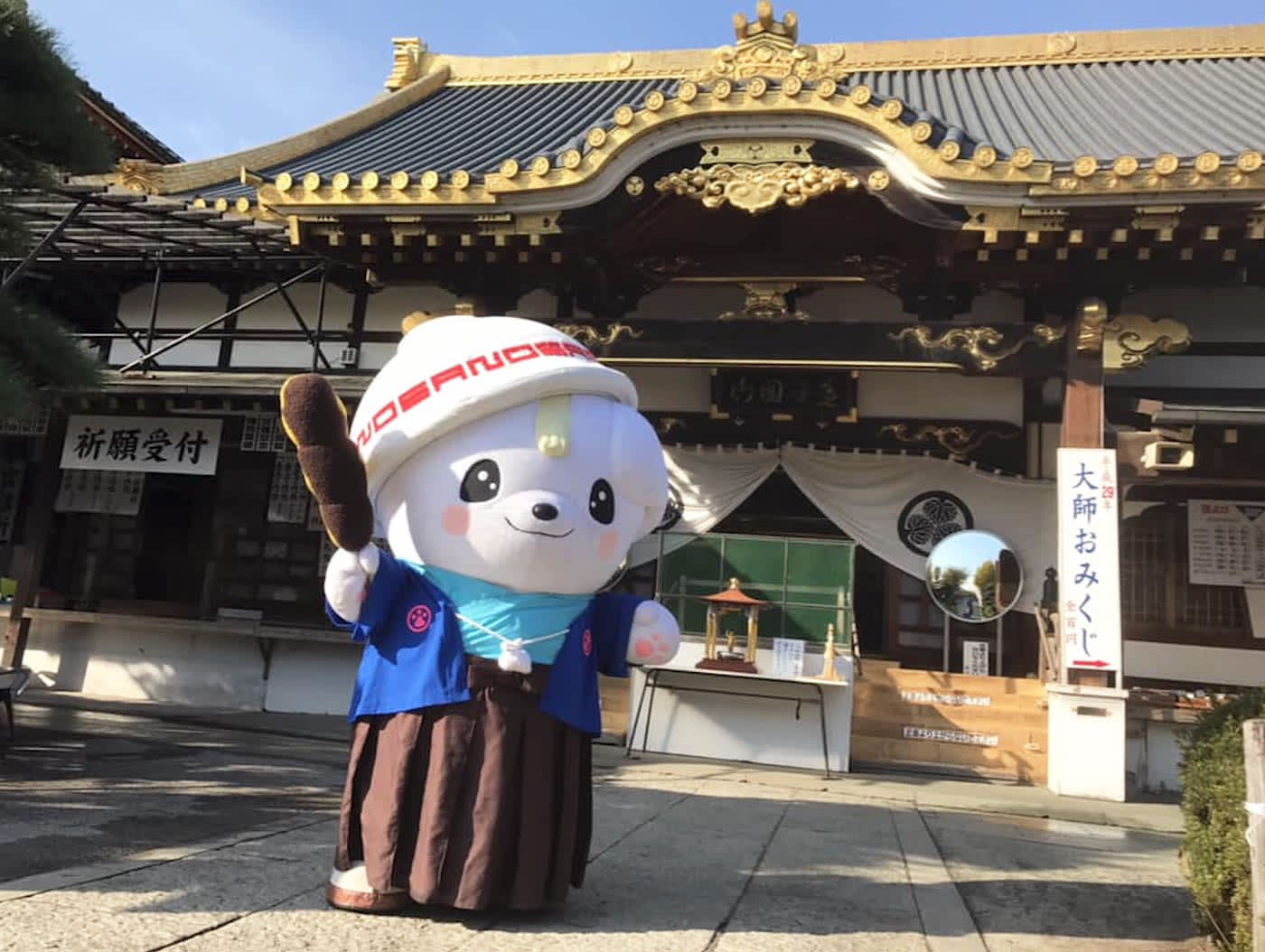
Photo Credit: sanomaru©sanocity
In Tochigi Prefecture, Sano City is represented by SANOMARU, an endearing mascot passionate about ramen. Designed to celebrate the city’s iconic specialty, Sano Ramen, SANOMARU brings charm and energy to Sano’s promotional efforts, making him a cherished symbol of the region.

Sano ramen is a must-try dish with ramen shops lining the city’s streets.
Sano City is easily accessed from Tokyo and can be reached in approximately 90 minutes from Asakusa. A visit here provides opportunities to try local specialties, go shopping, and visit cultural and historical landmarks.
Visitors to Sano City should try Sano Ramen, which is renowned for its exceptional ingredients and unique flavor. The light soy sauce broth is crafted with pure spring water, known for its smooth and mellow taste. The noodles, made from carefully selected wheat ideal for noodle-making, are kneaded with a green bamboo pole, a traditional technique that creates air bubbles within the dough. This unique process ensures quick cooking and delivers a deliciously chewy texture, perfectly complementing the flavorful broth.
The city is also home to more than 150 ramen shops, so finding a place to try this local specialty dish shouldn’t be too challenging!
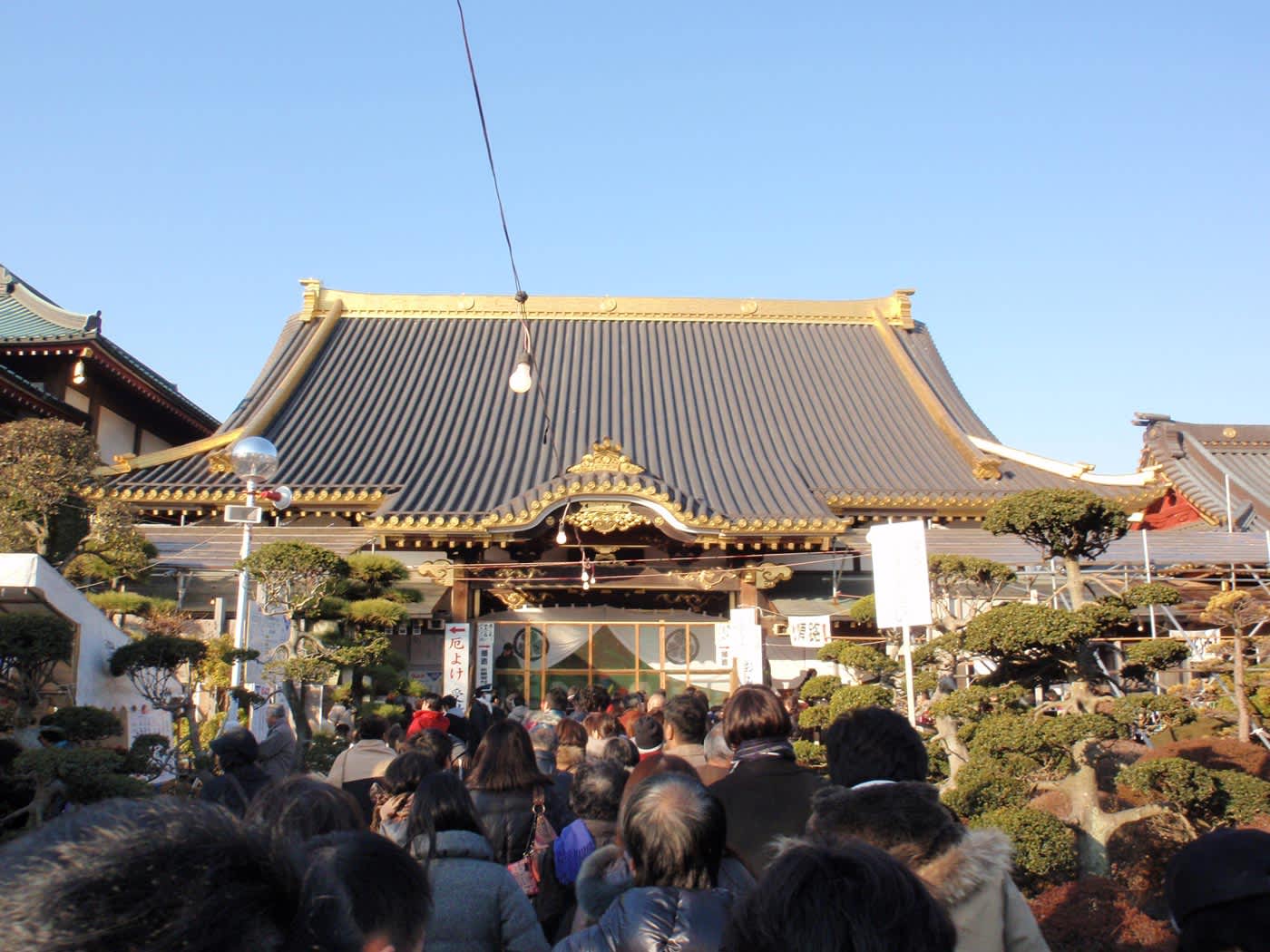
The historic Sano Yakuyoke Daishi is a popular Buddhist temple.
Sano Yakuyoke Daishi, a historic Buddhist temple, is known for its association with warding off misfortune. Around New Year’s Day, it becomes busy for Hatsumode, the tradition of offering the first prayers of the year. Visitors flock to the temple to seek blessings and improve their luck for the year ahead.
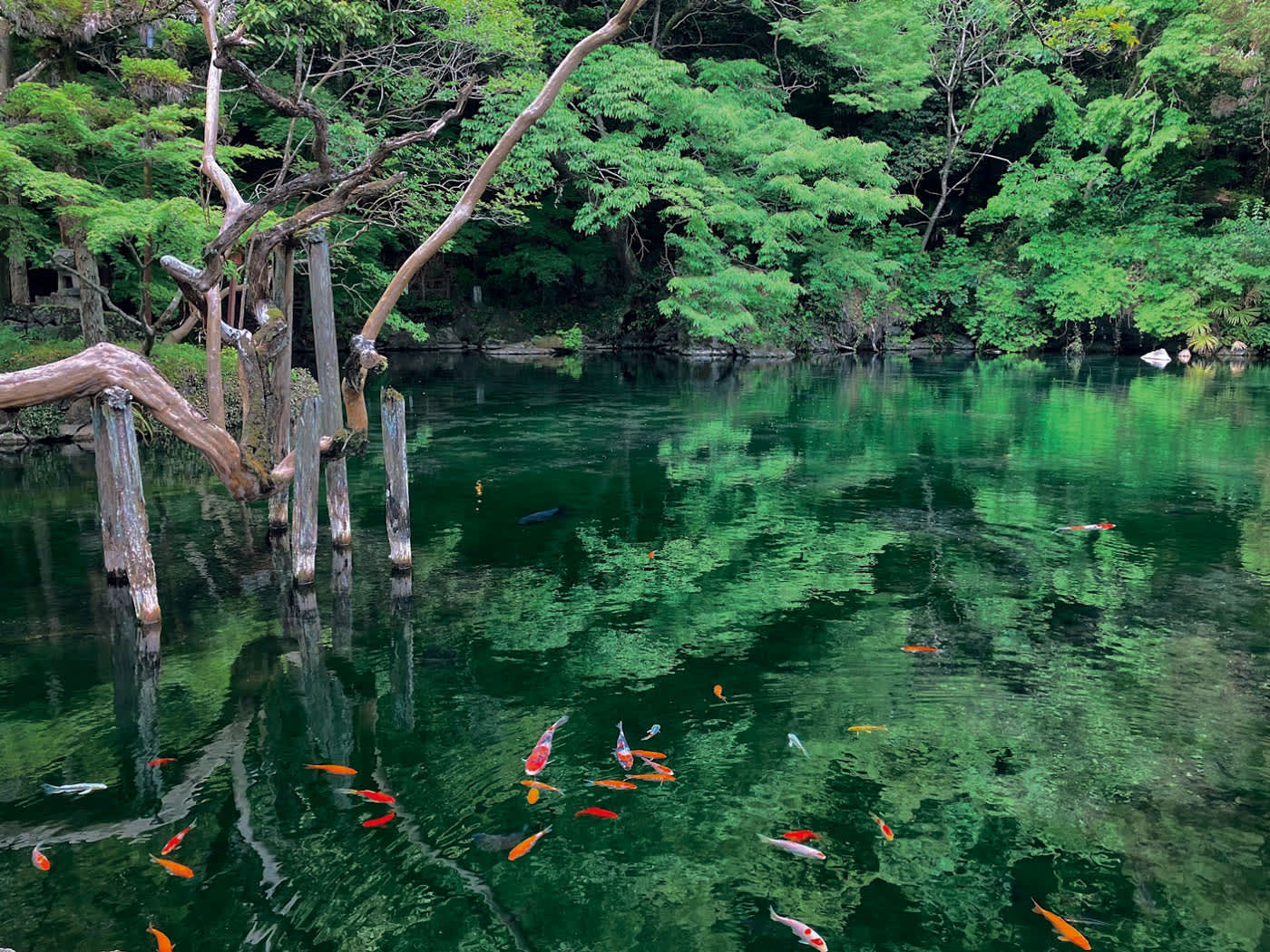
Benten Pond, the source of Izuru River, is known for its clear waters and koi fish.
Izuruhara Benten Pond, the pristine source of the Izuru River, is a designated Prefectural Natural Treasure. It offers a picturesque and tranquil setting where koi fish gracefully swim in crystal-clear waters among the plants.

Several shops around the city sell Tenmyo Imono cast-metal items.
Other interesting things to do in the area include visiting an outlet mall, and touring a sake brewery dating back centuries. Sano City is also known for its historic iron-casting tradition, Tenmyo Imono.
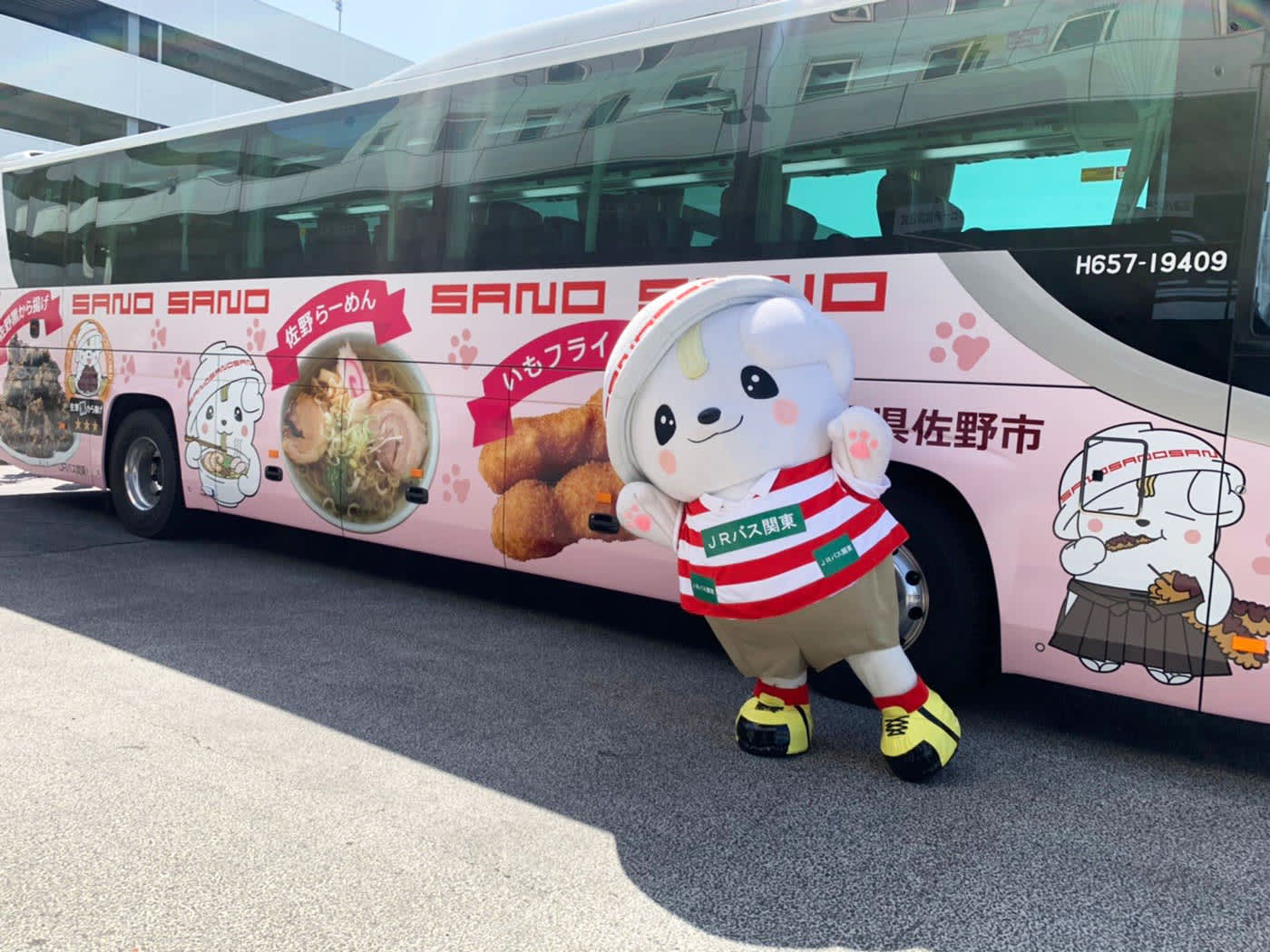
Visitors can check the official schedule and meet SANOMARU in person.
Visitors to Sano City can meet SANOMARU in person by checking the official website, which offers a monthly schedule of his appearances. A must-see attraction is SANOMARU’s House, located on the first floor of the city hall. With its charming brick design, it serves as an ideal backdrop for capturing memorable photos.
Introducing Akabe, a character based on a traditional toy from Aizu

Akabe is the official mascot of Fukushima’s Aizu region.
Akabe’s appearance is inspired by traditional Akabeko dolls from the Aizu region in Fukushima Prefecture. It is known for its head-bobbing motion, unique appearance, and gentle expression. Akabe’s image can be found through Aizu and has even adorned the area’s trains and buses.
Tsuruga Castle, also known as Aizu-Wakamatsu Castle, is a standout attraction in the Aizu region and the only red-and-white castle in Japan. Its striking red tile roof, an unusual feature for a Japanese castle, adds to its unique charm.
Surrounding the castle is Tsuruga Castle Park, a popular destination for cherry blossom viewing in April. The park also houses a historic teahouse, offering visitors a serene and cultural experience.

Step back in time to Japan’s Edo era in Ouchi-juku.
Ouchi-juku is another gem in the Aizu region, offering a glimpse into Japan’s past. Founded in the 17th century as a post town, it is now a beautifully preserved historic area featuring streets lined with traditional thatched-roof houses. Visitors can explore souvenir shops and try the local specialty: soba noodles served with leeks, which are used as utensils instead of chopsticks.
Other must-visit places in the Aizu region include Lake Inawashiro and Higashiyama Onsen. Lake Inawashiro, located in Bandai Asahi National Park, has a surface area of approximately 103 square kilometers and is one of Japan’s largest freshwater lakes. Renowned for its natural beauty, the lake offers year-round activities for visitors.
Higashiyama Onsen is a well-known hot spring resort in Aizu-Wakamatsu City. Traditional ryokan (Japanese inns) line both sides of the Yukawa River, creating a picturesque scene. Visitors can take a relaxing soak in the warm sodium sulfate waters, renowned for their therapeutic benefits and relaxing properties.
Tokcy loves the Awa Odori dance and chatting!

Tokcy from Tokushima City loves dancing the Awa Odori.
Tokcy is the cheerful fish fairy mascot of Tokushima City, Tokushima Prefecture on Shikoku, Japan’s fourth-largest island. She wears a vibrant Awa Odori dance costume, symbolizing the city’s famous dance festival. As a tourism ambassador, Tokcy is key in promoting events and attractions in Tokushima City.
The Awa Odori dance festival, held every August, is one of the most significant events of the year on Shikoku island. More than one million people regularly attend and participate in the festival, which features teams of dancers wearing traditional uniforms performing folk dances through the streets of downtown Tokushima City.
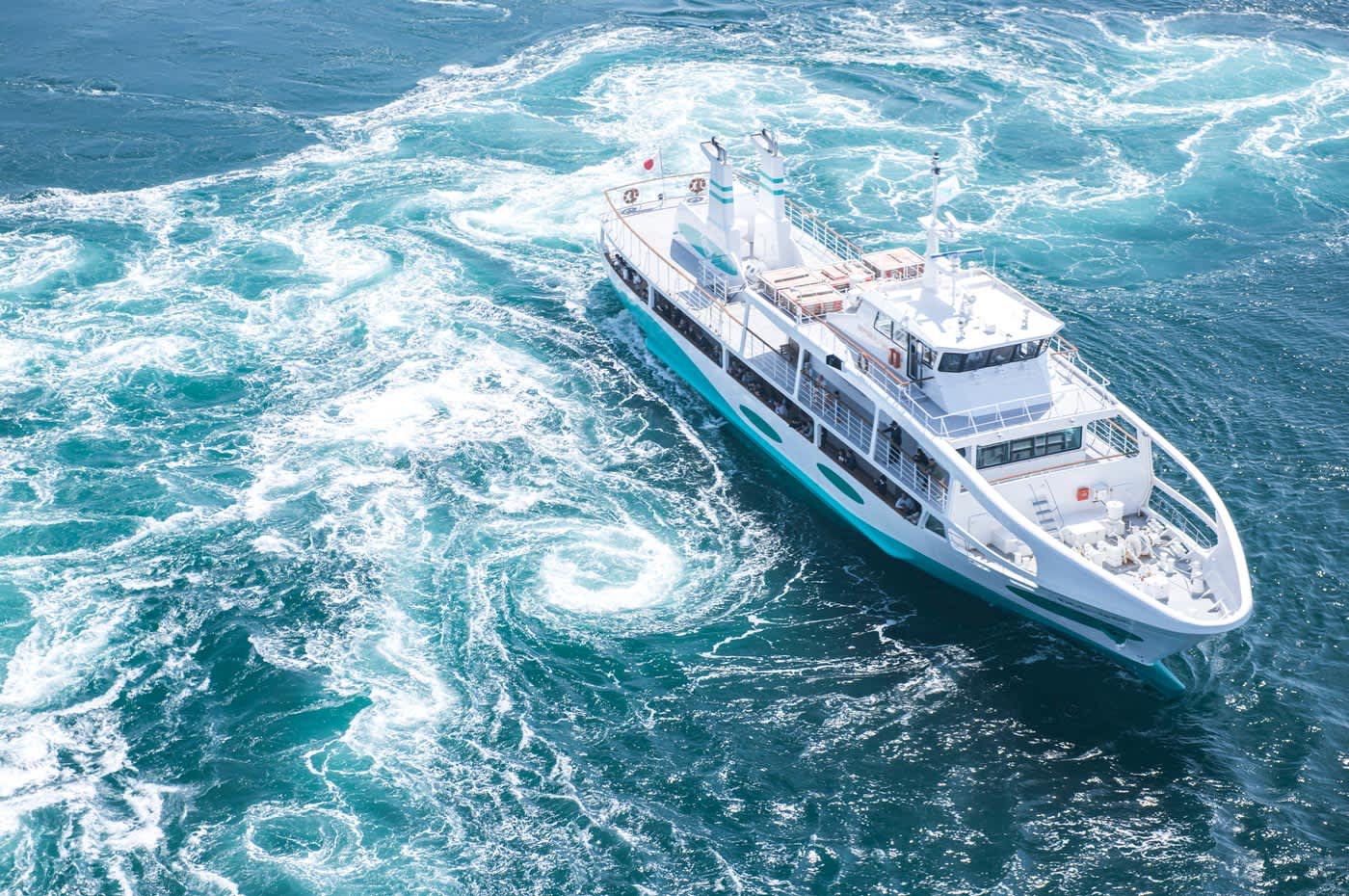
Get up close to the mesmerizing Naruto whirlpools.
Tokushima Prefecture’s natural wonders include the mysterious Naruto Strait whirlpools. This unique phenomenon occurs where the Pacific Ocean meets the Seto Inland Sea, creating dramatic whirlpools as swift currents collide with calmer waters. Visitors can get an up-close view of these swirling waters on regular sightseeing boat tours.
Tokushima Prefecture is also the starting point for the 88 Temple Pilgrimage, a circular-shaped pilgrimage route that has become increasingly popular among international tourists in recent years.
In Tokushima City, the ruins of Tokushima Castle offer a pleasant walking route and impressive views of the surrounding area. For an even more elevated perspective, Mt. Bizan is just a short distance away and features a convenient ropeway that whisks visitors to its summit. It's a fantastic spot to enjoy cherry blossoms in spring, autumn foliage, and city nightscapes.
Deeply Local: Discover Japan Through Yuru Kyara
Many of Japan’s Yuru Kyara mascots have inspired dedicated shops, attractions, and even themed cafés where fans can immerse themselves in the world of these beloved characters. Visitors can also attend limited-time events like festivals and parades, which bring the charm of Yuru Kyara to life.
Meeting these mascots offers international tourists a unique way to experience Japan while uncovering the rich culture and local pride each mascot represents.
Information
Fukaya City, Saitama Prefecture - Fukka-chan Official Page |
Sano City Tourist Association, Tochigi Prefecture |
SANOMARU Official Page |
|
WEB:https://www.city.sano.lg.jp/sanomaru/sanomaruguzzu/index.html |
Aizu Japan Tourism Guide |
|
WEB:https://inbound.gokujo-aizu.com/en/?doing_wp_cron=1737018455.1201739311218261718750 |
Discover TOKUSHIMA Japan |











